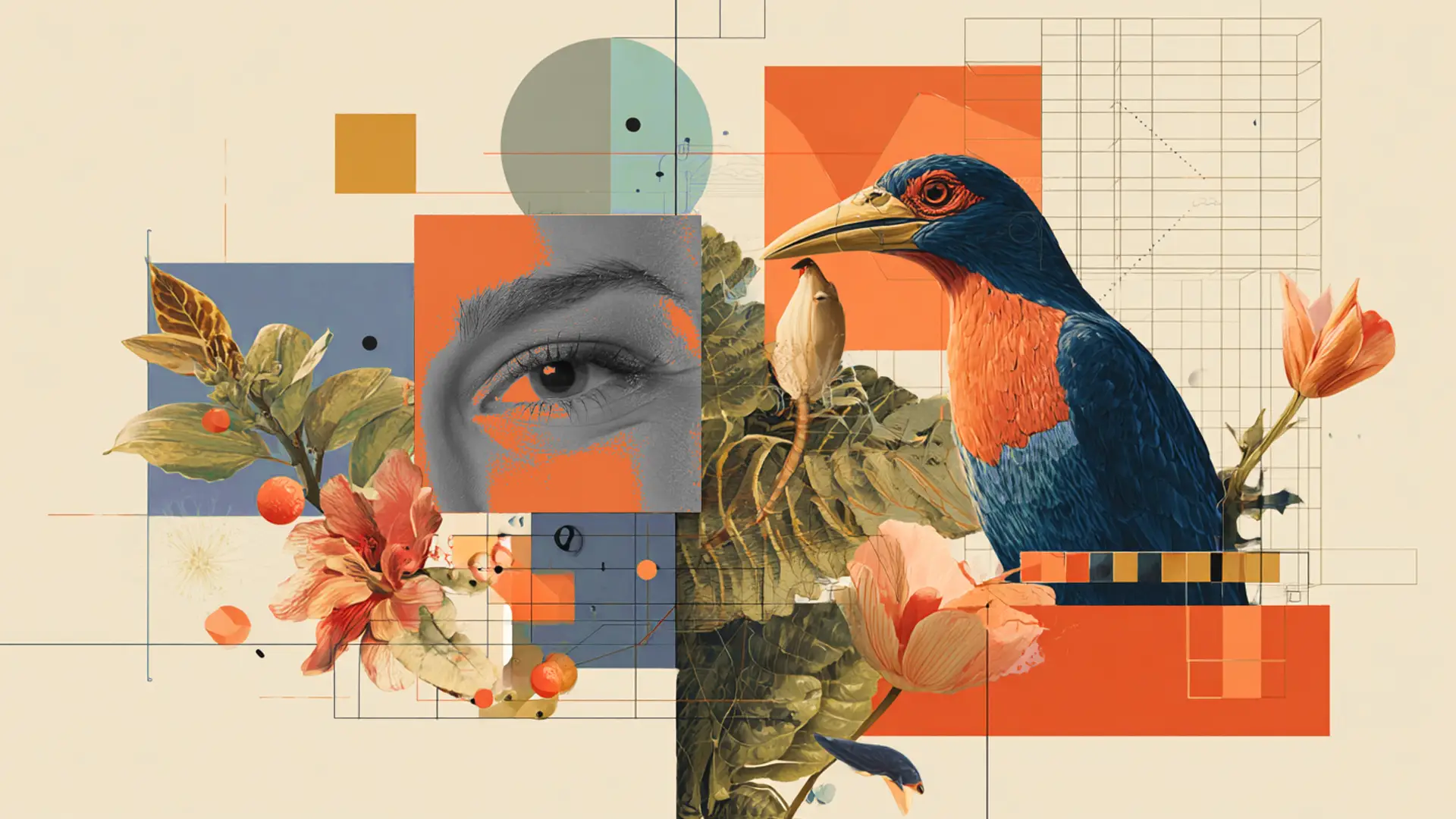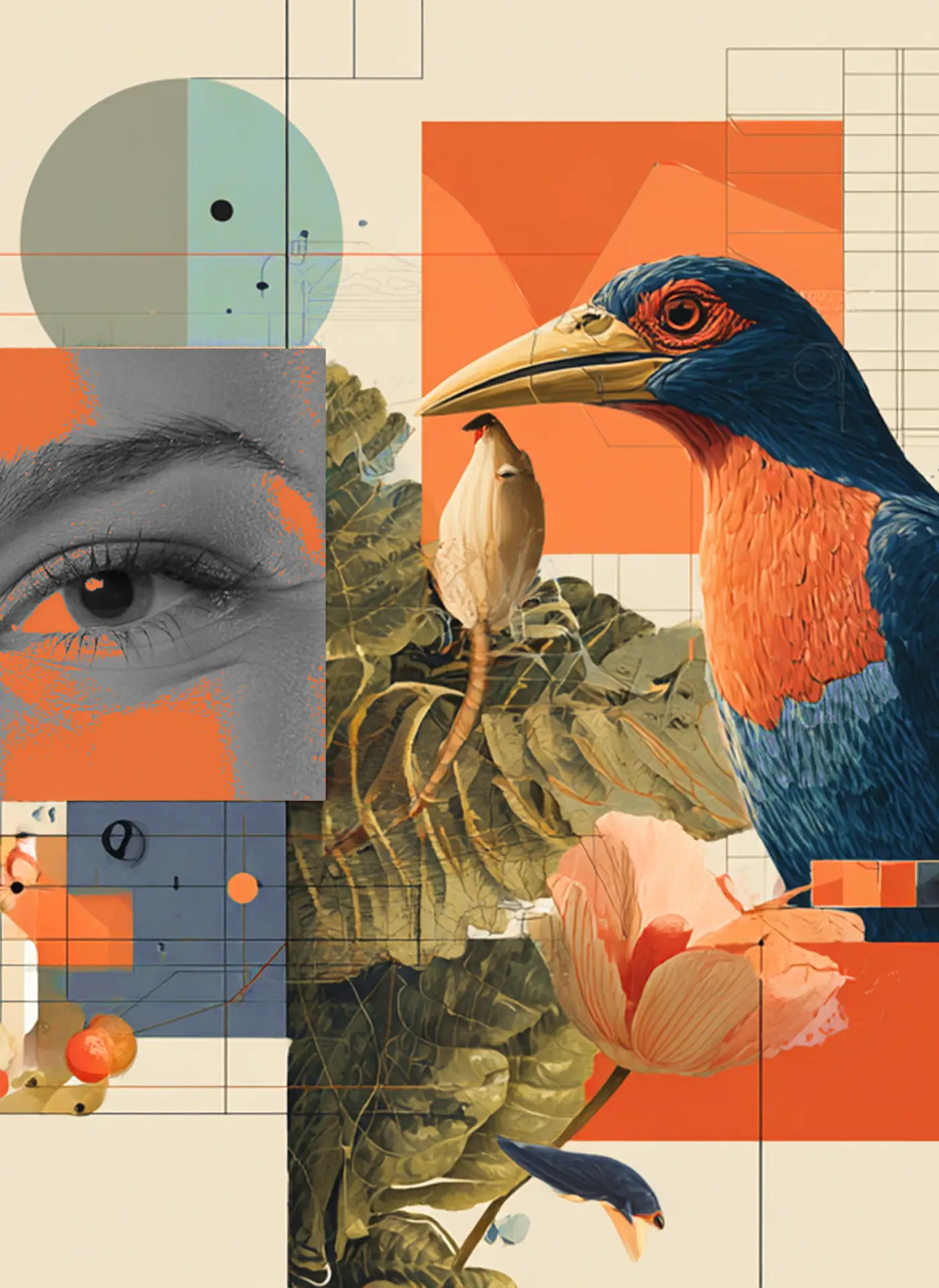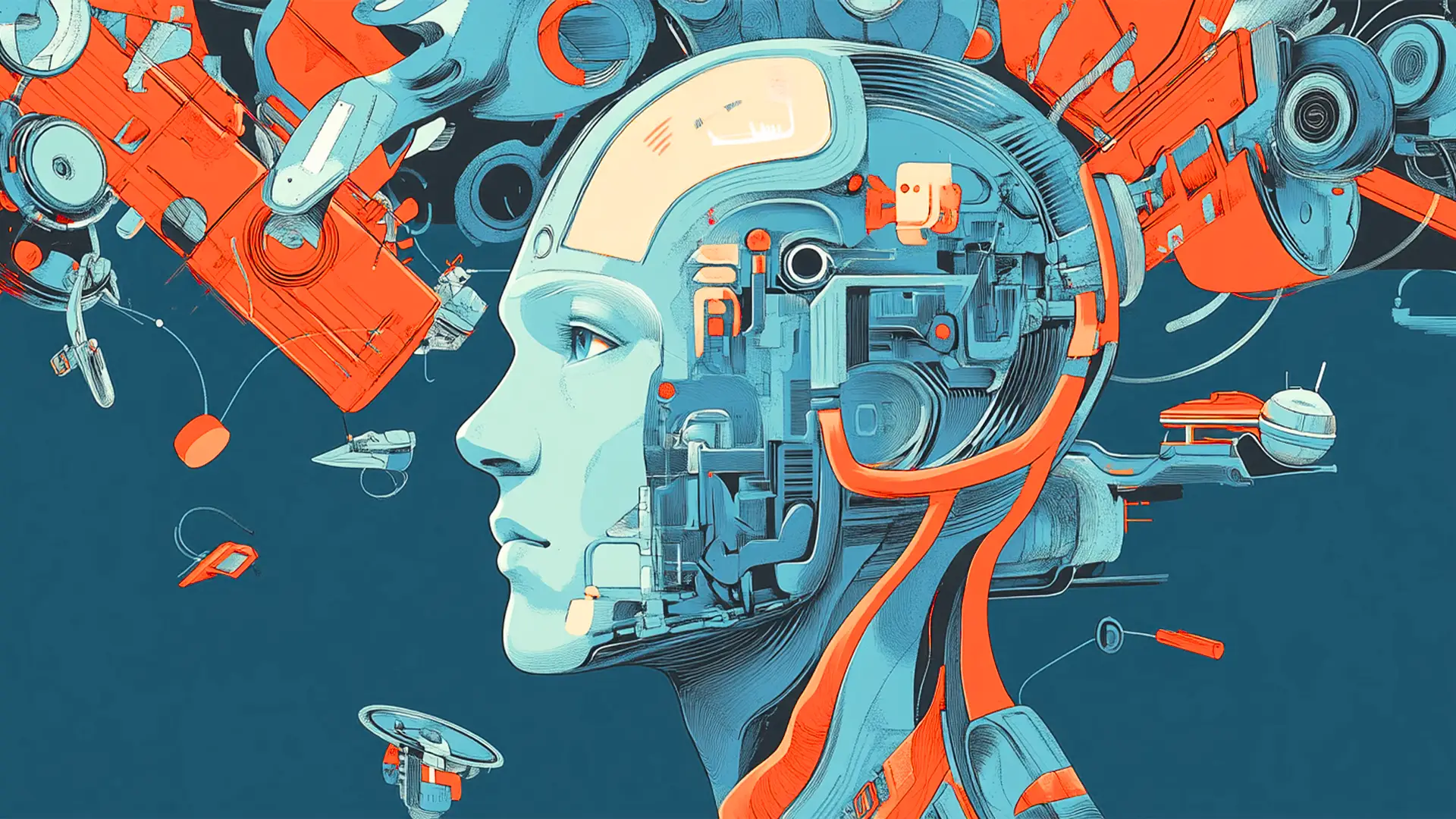Key Takeaways
- Beyond efficiency, AI's true value lies in empowering human creativity to solve better problems, not just more of them.
- The future of design demands a shift: design leaders must cultivate uniquely human skills like critical thinking and empathy, becoming AI's essential guides.
- Don't just deploy AI; actively interrogate its outputs and embed ethical guardrails to ensure it amplifies, rather than erodes, human quality.
- Leaders must bravely redefine design's role, showcasing how human-led AI integration drives innovation and undeniable brand value.
Listen: Charting a human-first future in the new age of AI design.
Lost in the hype around design and artificial intelligence is the fact that the tool is not the point. In fact, in the frantic search for the best AI tool, many have forgotten what makes design effective in the first place: its human-centered approach to solving problems.
No matter what you’ve read, the risk isn’t just about AI taking jobs and magnifying biases. It’s about a possible beige future of design and the loss of critical human skills, where “good enough” becomes the gold standard.
Instead of choosing between “AI is fabulous and inevitable” or “AI is terrifying and must be stopped,” design leaders have a golden opportunity to focus on creating the conditions for AI evolution that benefit us all. More importantly, they must guide exploration of what can be done with the capacity that AI unlocks to ensure it enhances creativity and value.
To help, we gathered 65 senior leaders of in-house design teams at high-profile brands to tackle the problems that extend way beyond the tools. Together, they explored ways to build a successful, ethical future with AI as a partner.
Beyond efficiency: Redefining value in AI and design
Executives continue to fixate on the cost savings of using AI as a replacement for workers. Even as global heavy-hitters like Klarna are forced to walk back bold headlines about replacing hundreds of employees with AI, startups like Mechanize are being built to “automate white collar jobs as fast as possible.” Yet efficiency without value is a hollow trade.
From cost savings to value: Solve better problems
Leaders in our roundtables shared numerous ideas for value creation, from complex notions like separating identity from health care data for deeper learning to instant wins like rapid prototypes for alignment. Design leaders excel at mapping opportunities to real customer problems and extracting organizational advantages.
Their superpowers include asking questions like “Why?” and “Does this matter?” They seek differentiators to move past the AI-generated sameness that dilutes business results. By going beyond what’s easy to measure (like cost) and managing AI’s perceived capabilities, these leaders uncover what’s worth doing—and what’s not.
Given AI’s current inconsistency and hallucinations, one leader pointed out that discovering real gains will require more people, not fewer, to define solid goals up front and check outputs for accuracy. The tradeoff of short-term cost savings from layoffs could actually dampen long-term benefits, as too few people remain to identify the best problems and guide innovative AI applications.
One area ripe for cultivation is reimagining experiences with agentic AI in mind, bringing UX fundamentals to bear on interactions we haven’t even envisioned yet. For example, moving beyond thousands of landing pages to create effective start pages where users converse with an interface to quickly access information.
Cultivating human expertise: The irreplaceable core
Countless articles, like this Medium article, Human After All, detail AI’s inability to replace unique human expertise. Though we understand the human advantage, many of today’s business decisions overlook the skills we can’t afford to lose as technology advances.
Decide where AI adds the most value
Critical thinking is key, but its top application, as discussed in every roundtable, was determining where humans must remain involved and where AI is most useful. This sounds simple, but in the mad dash to be seen as AI leaders, most executives are still rushing to deploy AI anywhere, with little regard for unintended consequences or optimal outcomes.
Leaders in our roundtables stressed the obligation to enhance human skills, like creativity, taste, and judgment. They also noted the need to train AI to complement those skills and to deliver rapid idea generation and complicated data analysis, which is where it excels. Using AI to inform design strategy and to automate mundane tasks will speed access to unimagined solutions that improve business results–and humanity.
Support the next generation of designers
As inflammatory headlines persist, many talented designers question their career choice—just when they’re needed most. Senior leaders in our community agreed that production skills are likely to be replaced. Still, with real-world experience, they know that their worth was never about simply pushing pixels.
In our sessions, we explored creating new career paths and roles, fostering intentional space for experimentation, strategic thinking, and imagination. One hotly debated role was a “Design Anthropologist” to infuse future decisions with learnings from how we got here in the first place. Another insight was teaching design talent how to “Get it Shipped,” improving skills like influence, storytelling, and data-informed decision-making to make staff invaluable to the business.
Guiding AI's evolution: Safety, ethics, and intentionality
Every AI session we’ve facilitated has included discussions on safe, ethical, and responsible AI development. Rather than simply pushing boundaries on what’s possible, leaders emphasized the importance of due diligence before and careful audits after deploying AI to ensure safety and ethics.
Focus on data security and remove biases
As end users rush forward to reap the benefits of AI, they often fail to consider where the data they’re putting into a tool might end up. In large organizations, even strict security may not prevent eager teams from exploring shiny new tech on personal devices, introducing risk. To deter carelessness, one leader warns teams that while a data breach is undesirable, leaking certain information could be considered insider trading—a federal crime.
A predictive tool like AI, trained on biased inputs, will inevitably yield biased results. However, in the hands of highly empathetic design leaders, artificial intelligence could instead hold the key to greater accessibility and inclusion. A leader in our Chicago session noted that thoughtful design can broaden the lens, encompassing the largest possible human group and unlocking extraordinary potential.
Interrogate AI on its responses to help it learn
In our in-person roundtables, leaders emphasized our collective responsibility to train AI in ways that ultimately enrich humans. Expecting technology to arrive at the best decisions for us just isn’t realistic. As a recent Apple study found, though AI excels at certain challenges, its reasoning on complex problems simply gives the “illusion of thinking.”
Senior leaders advocated for rigorous queries and robust operational safeguards to scrutinize and verify the accuracy of AI outputs. Teaching teams to converse with AI instead of accepting its responses as valid was shared as a way to train and support the safe and ethical evolution of these super-fast tools that are eager to please—but not always concerned with accuracy.
Leading with bravery: The path forward
We have much to do if we want to raise these AI “toddlers” into “adults” who enhance human existence. As one leader noted, bad actors fearlessly adopt AI for nefarious ends. Design leaders must lead with equal bravery—and encourage it in those around them—to drive deeper exploration and more intentional advancement.
The future of AI can be shaped by baking humanity into the system. This means ensuring that AI-driven processes and outputs are guided by empathy, ethics, taste, and a deep understanding of human needs. By helping organizations pivot from efficiency to value, enhancing core human skills, and building guardrails for safe development, design leaders can pave the way to what’s next.
Led by design, progress won’t just be about adapting; it will be about connecting, delighting, and collaborating in an increasingly augmented world. It’s time to act, to teach, and to inspire others—to be sure design remains an innovation driver, not a relic.
Why do we care? Our mission is to connect leaders to find solutions. If you're a senior design, experience, or creative operations leader of an in-house team at a high-profile brand and want to connect with others who share your unique challenges, let's talk. Our InsideOut community hosts small-format roundtables to support the learning and growth of our members, and we’re honored to facilitate those discussions.
Latest.

Meet the new emerging role: AI Trainer
Career Advice, Leadership & Management, Engineering & Technology, Innovation & Emerging Tech, Talent Acquisition & Recruitment

The great AI investment paradox.
Leadership & Management, Engineering & Technology, Innovation & Emerging Tech

How to prevent candidate drop-offs in today’s market.
Leadership & Management, Retention Strategies, Talent Acquisition & Recruitment








